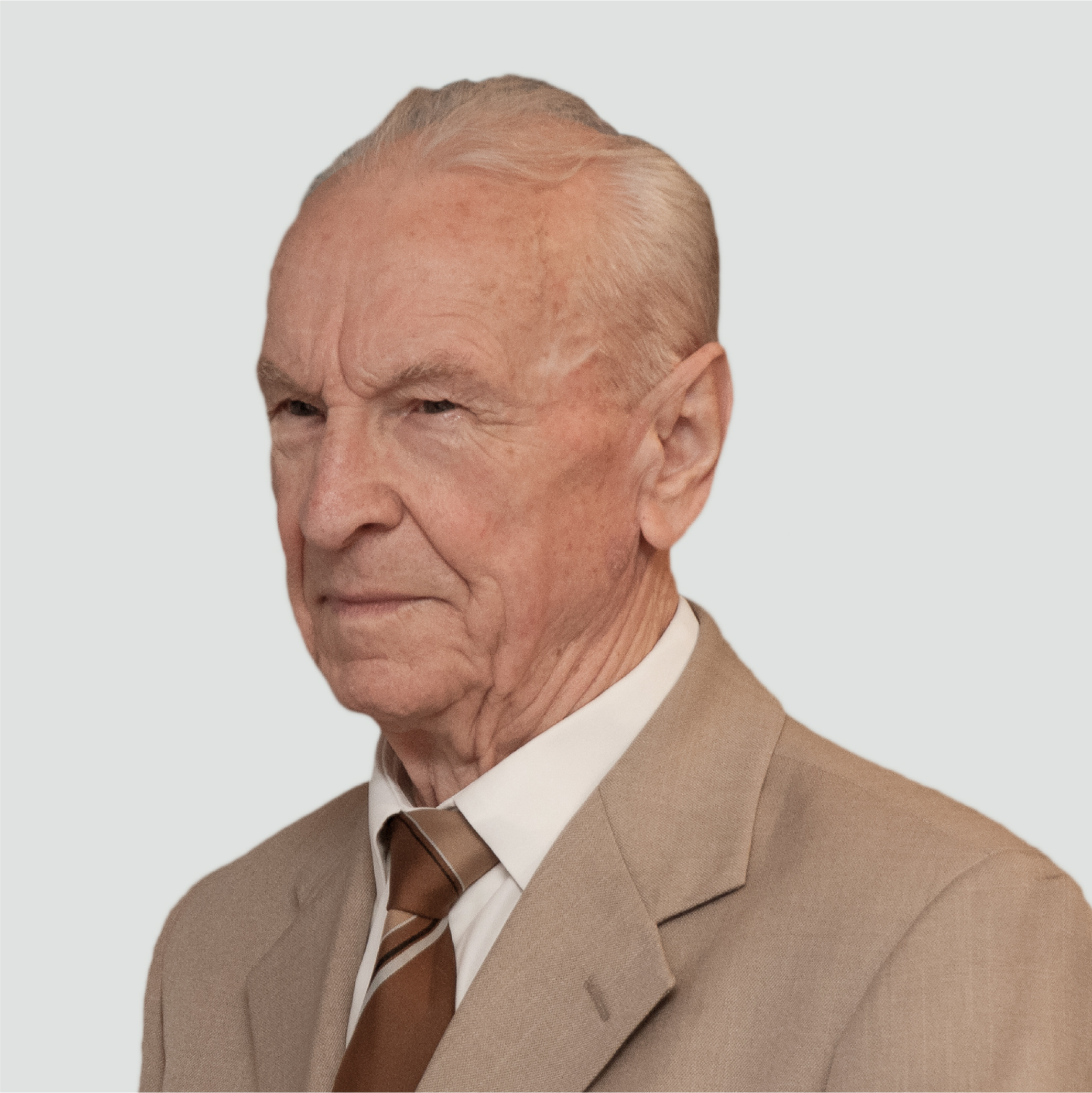Kazimieras Ragulskis (Lithuania) is a professor, habilitated doctor, mechanical engineer, academic, founder of the globally recognised research school of precise vibromechanics and vibrotechnics.
In 1963–1993, he was leading the departmental Laboratory of Vibrotechnics and Prevention of Noise Pollution” established under the Department of Machinery Production Technology of Kaunas University of Technology (former KPI). After the laboratory’s reorganisation into the scientific research sector “Vibrotechnika”, Ragulskis became its scientific supervisor.
Professor Ragulskis created a new research area – precise vibromechanics and vibrotechnics. He also created new and developed already known effects and properties of non-linear dynamic systems, formulated the scientific basis of individual fields of that area, discovered the principles for making of new systems that he, in cooperation with his students, developed into the applied scientific results for engineering practice.
Ragulskis is the author and co-author of 28 monographs, more than 700 science papers, and editor of 160 publications. The scientist patented about 1750 inventions on his own or with co-authors in 42 years; it is more than 41 invention per year in average.
Academic’s scientific theory was the basis for creation of the original precise systems that were effectively used in the machinery and devices industry, aviation and space technology; invention of the original vibration engines, stabilisers, dispensers, separators was the basis for creation of the systems, mechanisms, machines, robots and technologies operating on new principles.
Professor Ragulskis was the chief editor of scientific works “Vibrotechnics” (Vibrotechnika”) (69 publications, Russian language), international journals “Vibration Engineering” (16 issues, English language), “Journal of Vibroengineering” (8 issues, English language), and “Journal of Measurements in Engineering” (4 issues, English language).
The scientist holds approximately 100 various prizes and awards for his inventions, famous scientific achievements and development of innovations.


